The Current
Edition: May 2023
Welcome to The Current, your monthly newsletter from Innovative Water Solutions.
Here we highlight some of the great stuff happening at our company and bring you up-to-date current water news that could affect you.
We hope you enjoy the newsletter!
Table of Contents
- Blog Post of the Month: “2014 RainCatcher Award”
- FAQ Post of the Month: “Why are Rain Gutters needed for the home?”
- Residential Project of the Month: “500 gallon Raincache Project”
- Commercial Project of the Month: “Sunset Valley City Hall”
- News Article: “Austin water making progress after 2021 Boil water notice”
- News Article: “Dramatic pictures show result of recent California rains”
- News Article: “Improving water management during storms and droughts”
- “Water Conservation Tip of the Month”: “Austin Water offers free conservation tools”
- Current Texas Drought Conditions
- Current Texas Water Calendar
- Video: “Where did water come from?”
- Local Business of the Month: “Aubrey Family Farm”
“I am not afraid of storms for I am learning how to sail my ship.” – Louisa May Alcott
Blog Post of the Month
2014 TWDB Rain Catcher Award Winner: Oohla Bean Bed & Breakfast
May 5, 2015 The Oohla Bean Bed & Breakfast was selected as one of the winners of the Texas Water Development Board Rain Catcher Award for 2014. IWS designed and installed the rainwater [...]

Blog Post Title (linked)
Blog Post Date
Blog post excerpt. Click edit button to change this text. Lorem ipsum dolor sit amet, consectetur adipiscing elit. Ut elit tellus, luctus nec ullamcorper mattis, pulvinar dapibus leo.
FAQ Post of the Month
Why are rain gutters needed for the home?
Gutters are an essential part of your home. Not only do they provide protection for the facia, foundation and siding; they also add value to the property. They prevent structural [...]
Residential Project of the Month
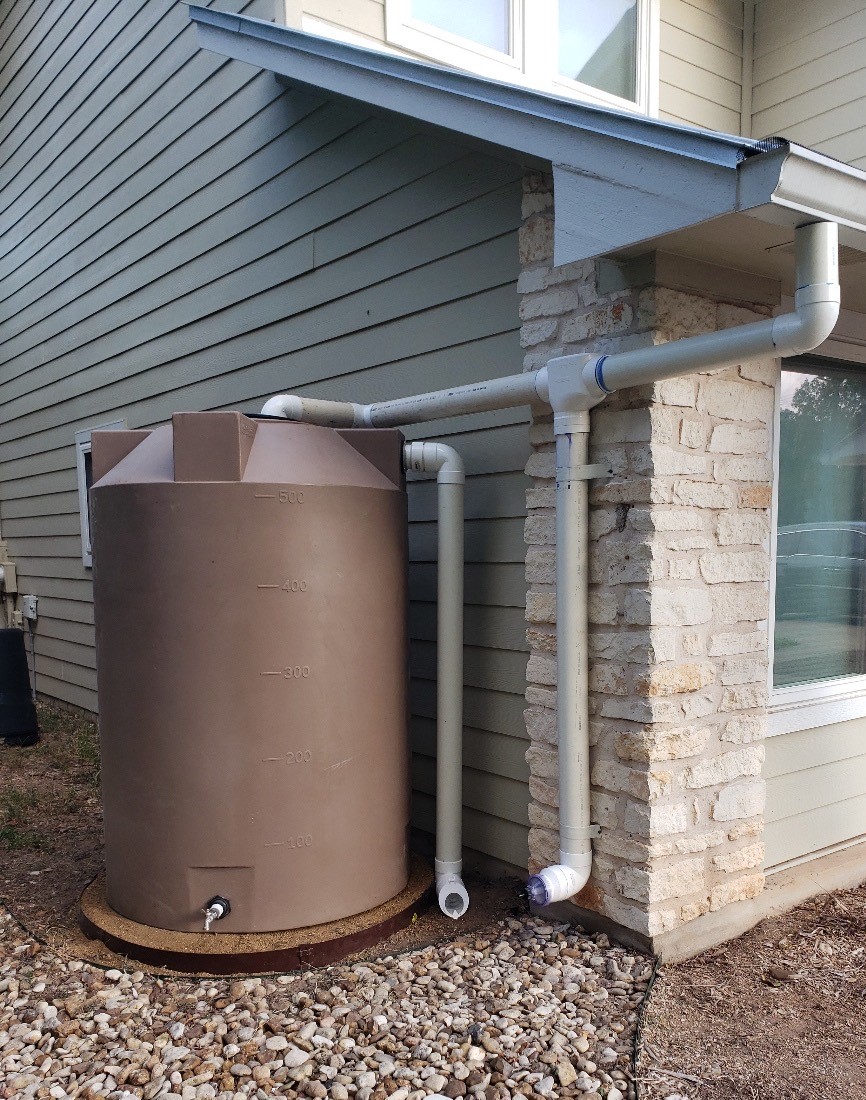
RAINCACHE 500 Gallon Rainwater Harvesting Project
Collecting rainwater does not always have to be a large and lengthy project. Specifically if a client does not have ample space for a cistern or is on a tighter budget; the needs are very different from a full on system with filtration, pump and costly permitting from the City.
We created the RAINCACHE packages to be a great alternative for homeowners. This particular project features a 500 gallon tank in Mocha with a crushed granite base surrounded by metal edging. The tank is connected through a simple downspout adaptation and includes a first flush as well as an overflow. The first flush works to trap the “first” water runoff from the roof and acts as a pre-filter. The overflow is equipped with a screen flap to prevent mosquitos or critters from entering the pipe. In addition, the package comes with a hose bib fitted on the tank for easy connection, as well as, a water level indicator to reference the amount of water stored.
These packages are a great choice for homeowners who want to use rainwater for irrigation and they can be easily expanded upon later.
If you are interested in more information and pricing please click here
Commercial Project of the Month
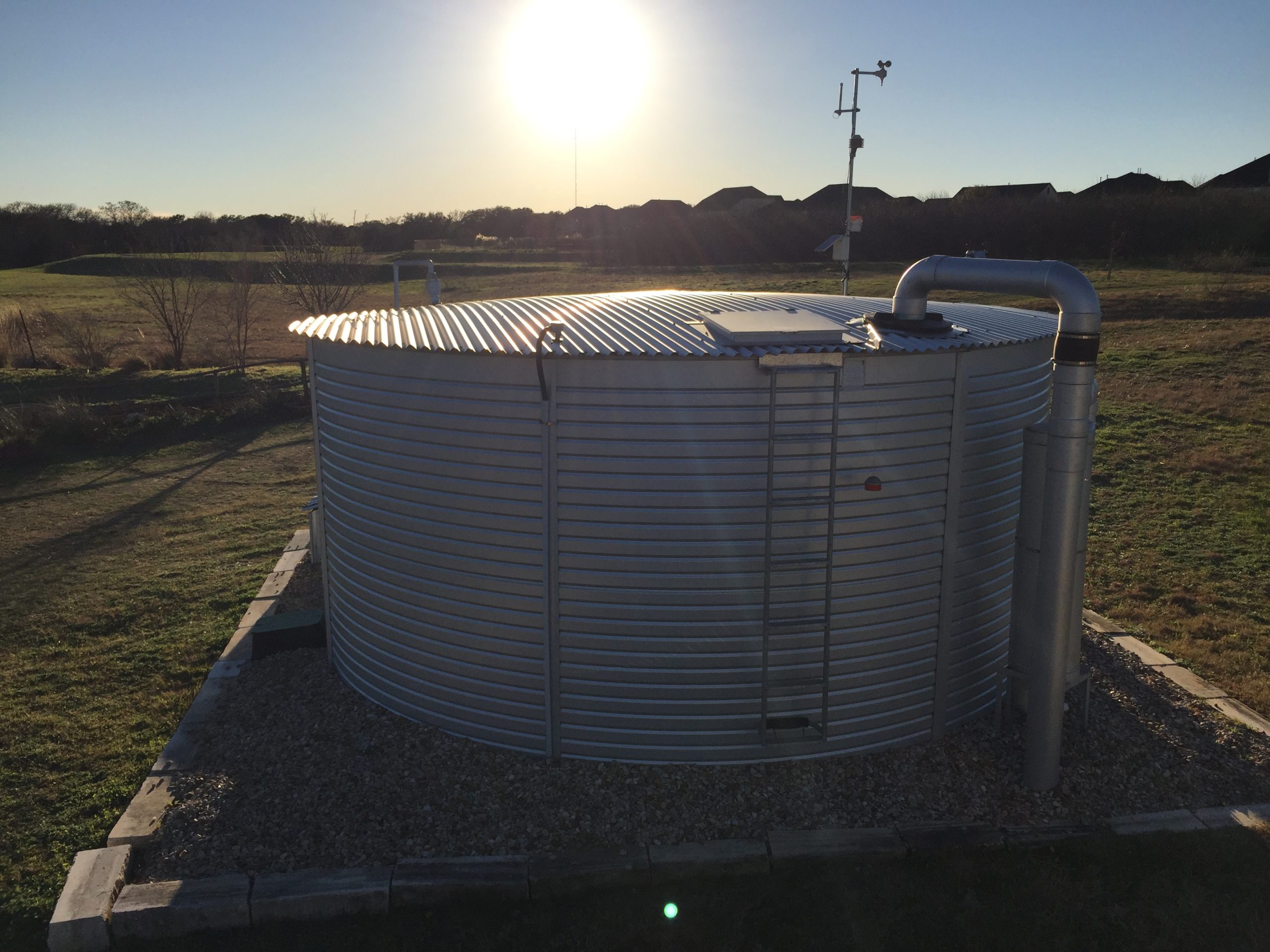
Sunset Valley City Hall
The City of Sunset Valley desired to harvest rainwater to supply the irrigation needs of the community garden which is located on the grounds of the City Hall. The community garden is provided for use by the Sunset Valley residents. The rainwater harvesting system collects rainwater from approximately 4,500 square feet of roof space from City Hall. The rainwater harvesting system employs a “wet” collection system where the collection pipes run underground from the various gutter downspouts.
The rainwater collection tank is a 9,927-gallon Pioneer Water Tank. During a 1-inch rain event, the system will be able to harvest approximately 2,800 gallons of rainwater. During an average year of rainfall (31 inches) in the Austin area, this system has the potential to collect over 85,000 gallons of rainwater.
When the tank fills up and overflows, the overflow pipe is routed to the onsite detention pond. An irrigation pump system was installed in order to create pressurized water feed to the community garden. In the community garden area, there are several hose bibs where the gardeners can use the rainwater.
The City of Sunset Valley is a huge supporter of rainwater harvesting. They offer rainwater harvesting system rebates up to $3,500 to their residents. This is on top of the potential $5,000 rebate from Austin Water since the City of Sunset Valley purchases its water directly from Austin Water. So, any water savings by the citizens of Sunset Valley conserves water in the Austin Water system.
Water News You Can Use
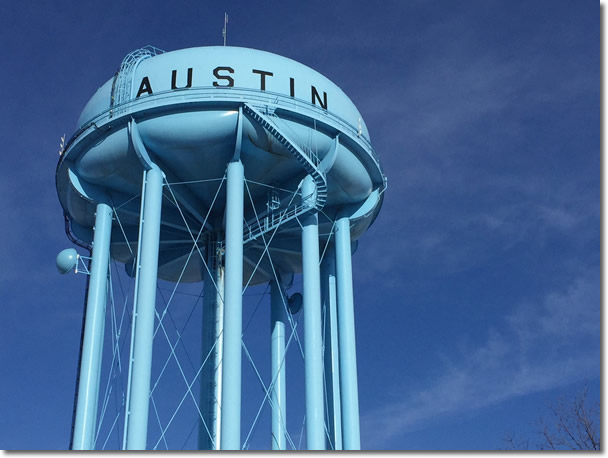
Austin Water making progress on improvements following 2021 boil water notice
In February of last year, everyone in Austin had to boil their water before using it because of an issue at a treatment facility. That triggered an audit that laid out recommendations for improvements within Austin Water.
Last year, the city council approved an external review of the agency. A team from the UT Center for Water and the Environment published their findings in January.
That report focused on issues at one plant – the Ullrich Water Treatment Plant – and most of the problems it uncovered are tied to a familiar issue we’ve heard at a lot of employers: not enough staff and not enough training.
The Ullrich treatment plant was at the center of four of the five big water issues Austin has dealt with since 2018. The causes have ranged from being weather-related to being linked to human error.
On Wednesday, officials with Austin Water detailed improvements they’ve already made and things they hope to change but haven’t done yet.
They said, overall, 69% of the 53 recommendations made to improve staffing and emergency management have been implemented or are underway.
Read more here

Dramatic before and after pictures show the result of California storms
Water levels fell so low in key reservoirs during the depth of California’s drought that boat docks sat on dry, cracked land and cars drove into the center of what should have been Folsom Lake.
Those scenes are no more after a series of powerful storms dumped record amounts of rain and snow across California, replenishing reservoirs and bringing an end — mostly — to the state’s three-year drought.
Now, 12 of California’s 17 major reservoirs are filled above their historical averages for the start of spring. That includes Folsom Lake, which controls water flows along the American River, as well as Lake Oroville, the state’s second largest reservoir and home to the nation’s tallest dam.
Read more here
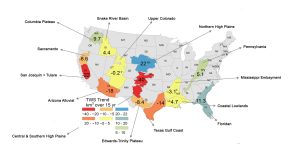
Tracking Water Storage Shows Options for Improving Water Management During Floods and Droughts
Researchers at The University of Texas at Austin have created a balance sheet for water across the United States – tracking total water storage in 14 of the country’s major aquifers over 15 years.
The results were published in Environmental Research Letters on Aug. 17, 2021, with the research examining the interplay between irrigation habits and climate on water.
The study found that irrigation can be managed more effectively in humid regions of the eastern half of the United States where surface water is more readily available, a finding that could have implications for where the United States can grow food, according to the researchers. With longer-term droughts and intermittent intense flooding expected in the future, particularly in the arid western U.S., there is rising concern about overtaxing water resources in the region, especially for irrigated agriculture.
“It is important to understand the relationship between human water use and climate extremes to develop more sustainable water management practices in the future,” said the study’s lead author Bridget Scanlon, a senior research scientist at the UT Bureau of Economic Geology, a research unit of the Jackson School of Geosciences.
Read more here
More to Explore
Water Conservation Tip
Did you know the City of Austin offers FREE water conservation tools to residents?
INDOOR TOOLS
Showerhead – save 2 gallons per minute or more with a water-efficient showerhead, available in either regular or soap-up valve models that only use 1.5 gallons of water per minute.
Kitchen & Bathroom Faucet Aerator – mix air with water to reduce the amount of water used without reducing water pressure. Bathroom aerators use 0.5 gallons of water per minute and kitchen aerators use 1.5 gallons per minute.
OUTDOOR TOOLS
Soil Moisture Meter – measures the moisture of your soil to help you know when it’s time to add water; available in ladybug or frog design.
Water Saver Hose Meter* – monitor and control water use with a digital meter attachment for garden hoses and hose-end sprinklers.
Sunlight Calculator* – measure the amount of light each area of your yard receives, then use the included plant guide to select plants that best fit the light conditions.
* these items are only available through check-out at the Austin Public Library.
How to get your free tools:
Free water conservation tools pick up and Water Conservation Help Desk walk-in hours are by appointment only.
Click here to submit a request for your free water conservation tools (available for residential customers only) and appointment for pick-up.
To request an appointment with the Water Conservation Help Desk (available during normal business hours and subject to staff availability), email [email protected] or call 512-974-2199 option 4.
Texas Drought Monitor
SOURCE: National Drought Mitigation Center (NDMC), the U.S. Department of Agriculture (USDA) and the National Oceanic and Atmospheric Association (NOAA).
Texas Water Calendar
Local Business of the Month
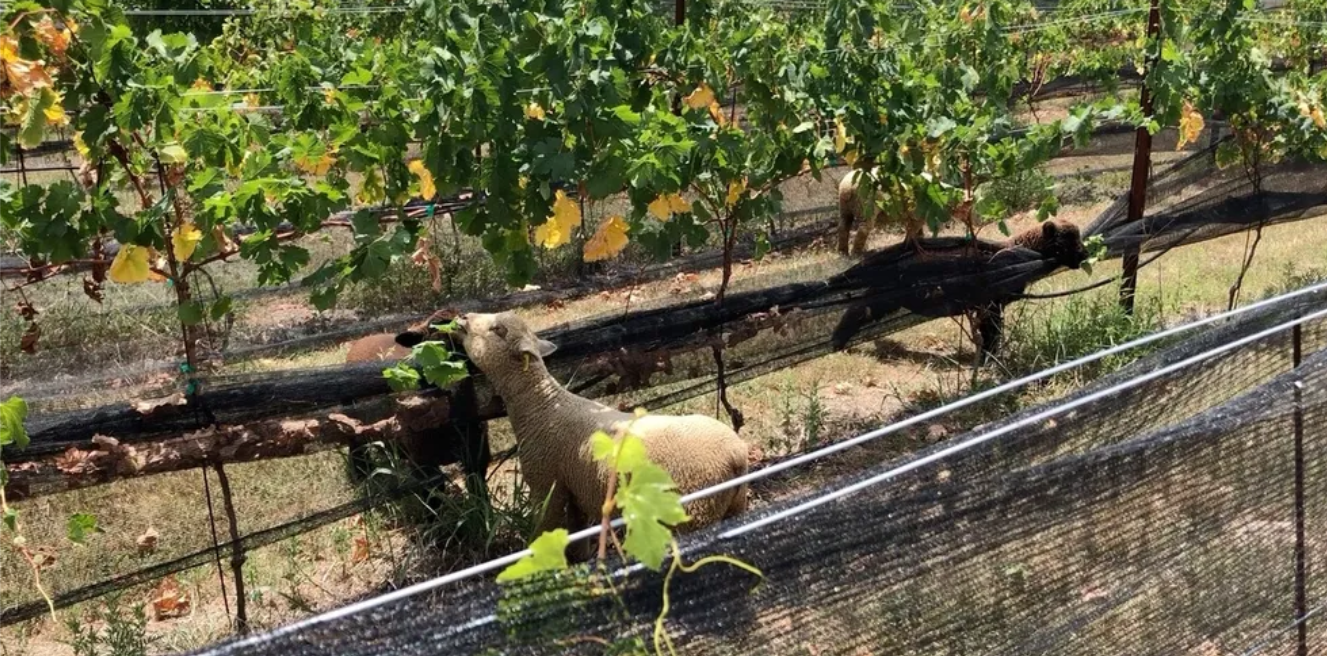
Aubrey Family Farm
The Aubrey Family Farm is dedicated to producing the finest grapes in Texas in their vineyard. The grapes are supplied to premium Texas wineries and produced into the finest wines. They are proud to offer ever expanding farm produce, including fruit from their orchard. They also cultivate fleece from their Southdown Baby-doll sheep and honey from their apiary. They boast a state-of-the-art chicken coop to produce fresh eggs and offer vegetable and fruit seedlings for planting.
Located in San Marcos Texas the farm features Rainwater Collection for the home and farm, the system has been in place for five years and is an integral part of their operations.
You can find more information about The Aubrey Family Farm on their website
You can find their locally produced wines for sale from their vendor
https://www.portreecellars.com/
We are dedicated to supporting local businesses and clients. If you run a local small business and would like to be featured in an upcoming Newsletter, please email [email protected] for consideration.
Where DID Water come from?
Mercury, Venus, and Mars are all super low on water – so where did ours come from and why do we have so much of it?
We think our water came from a few unlikely sources: meteorites, space dust, and even the sun.
Watch as PBS explains the origins or water and the sources it came from.
Social Media and More
Not a subscriber to our monthly newsletter? Why not? Join the fun below…
If you would like, please subscribe to our newsletter here
If you enjoyed this Newsletter, leave a comment! We appreciate your feedback.
Feeling social? Join us on our platforms by clicking the linked icons.
We look forward to connecting with you!




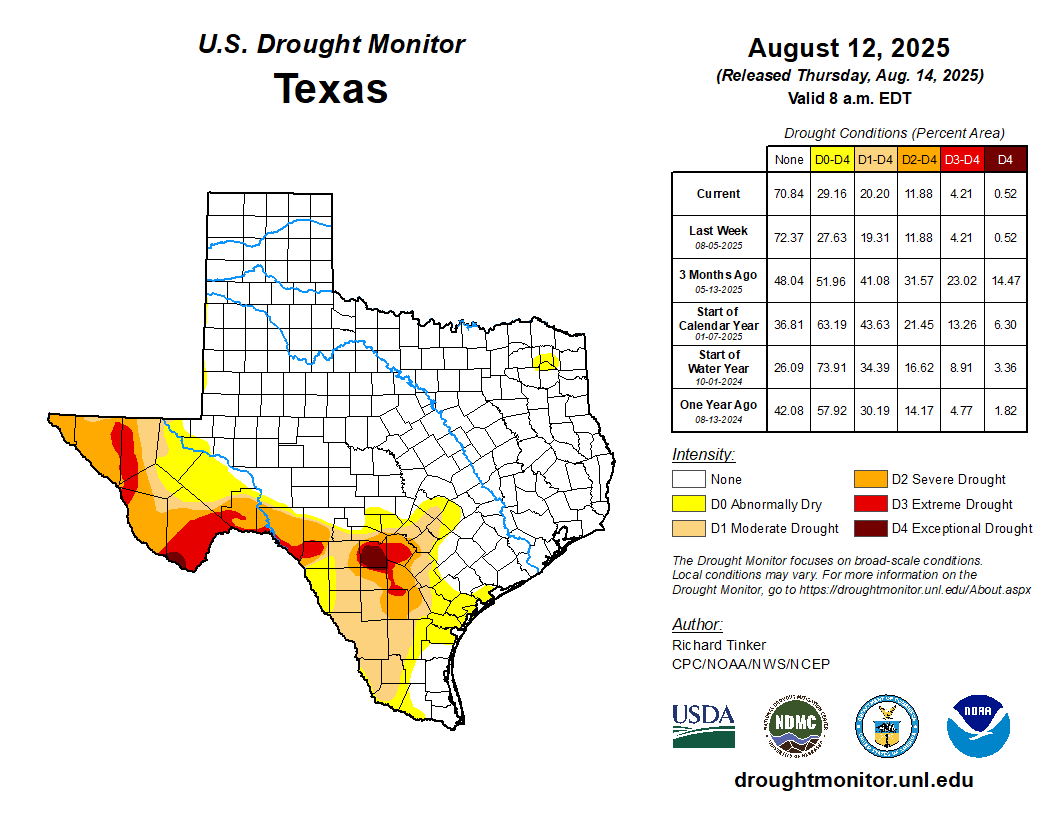
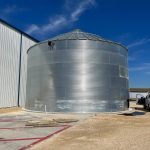
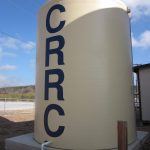
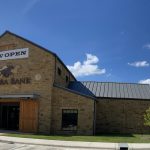

Excellent newsletter, filled with great information! Viva rainwater!
We have to planning rain water storage for drinking for hall year